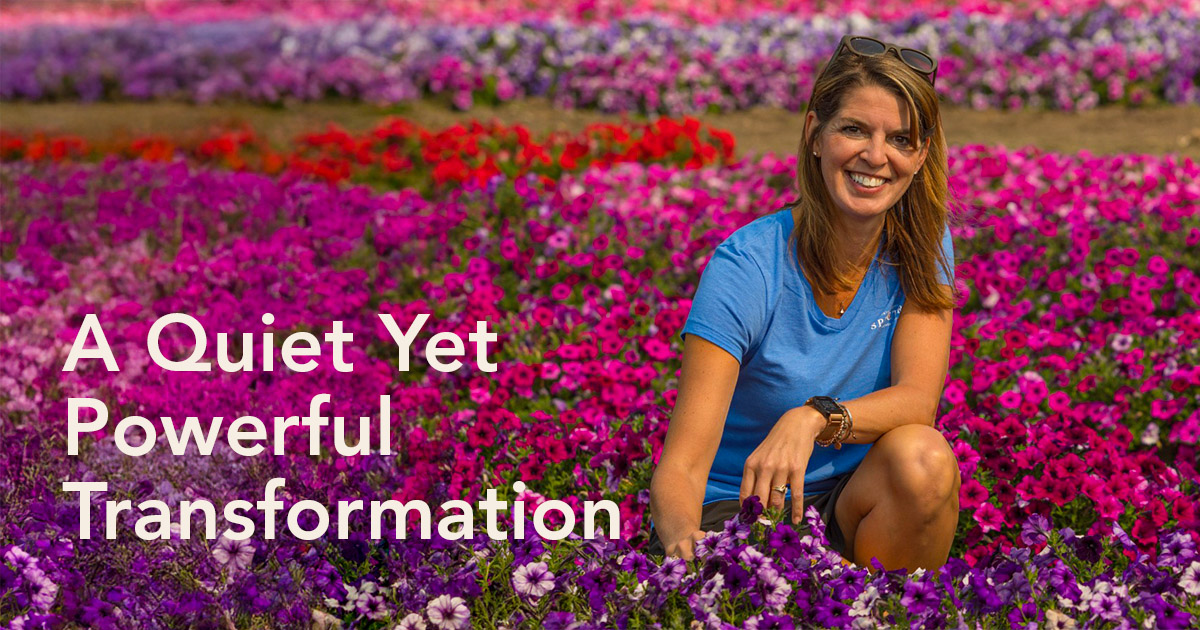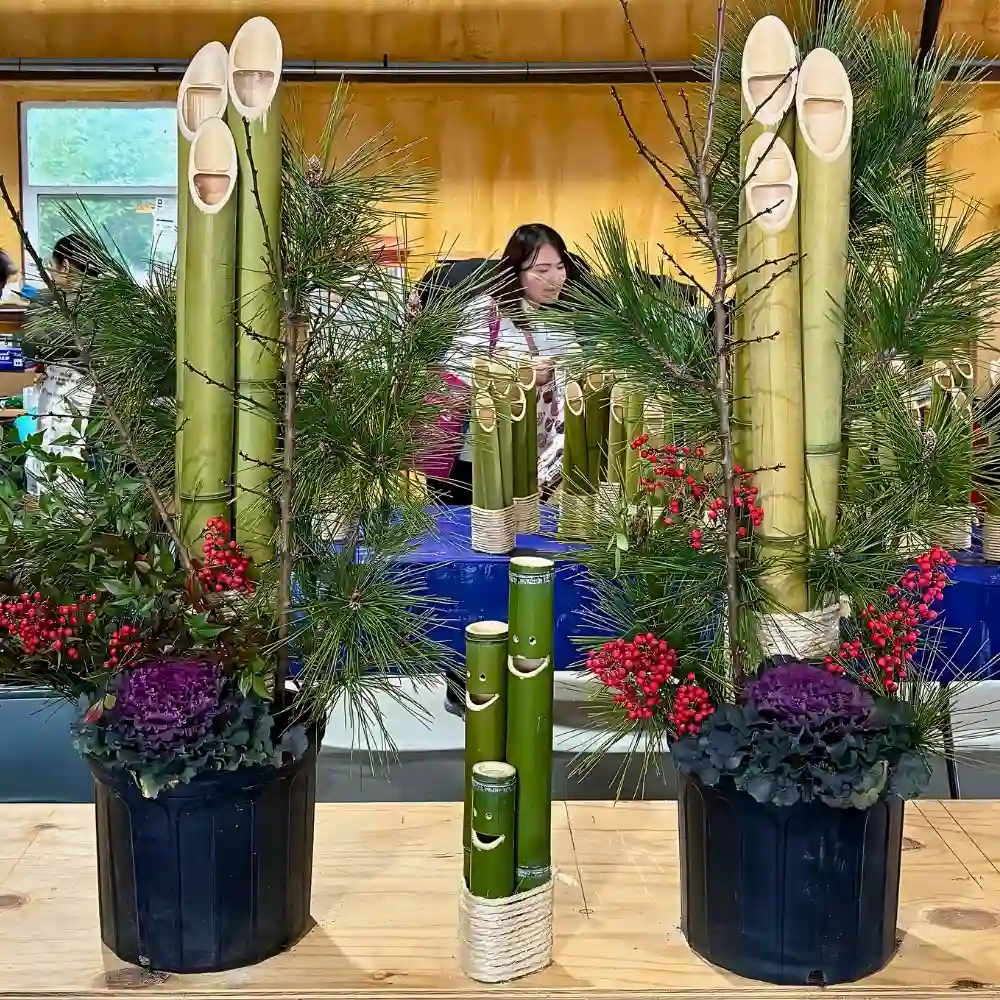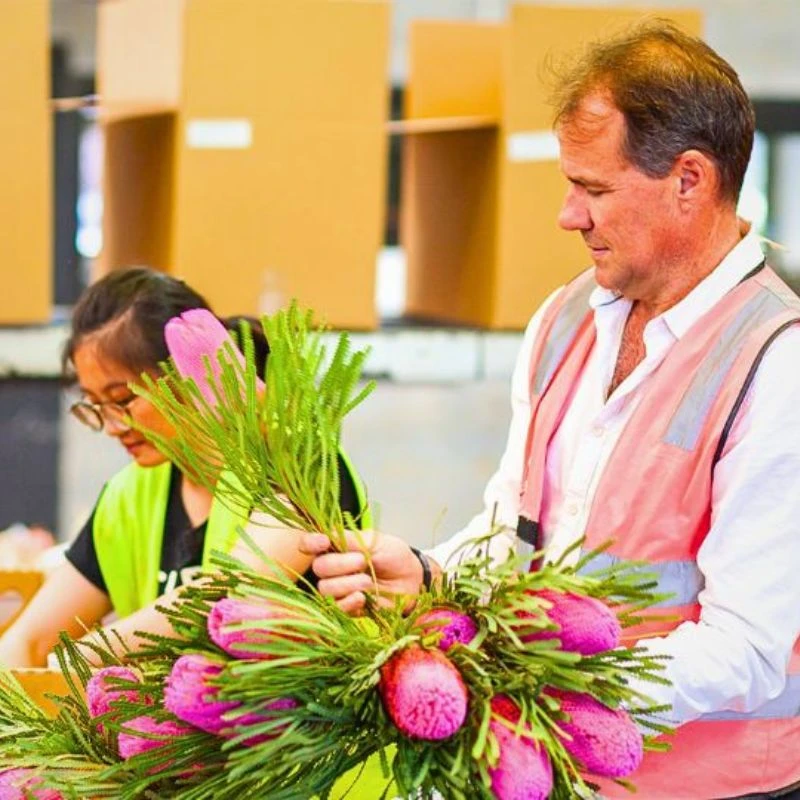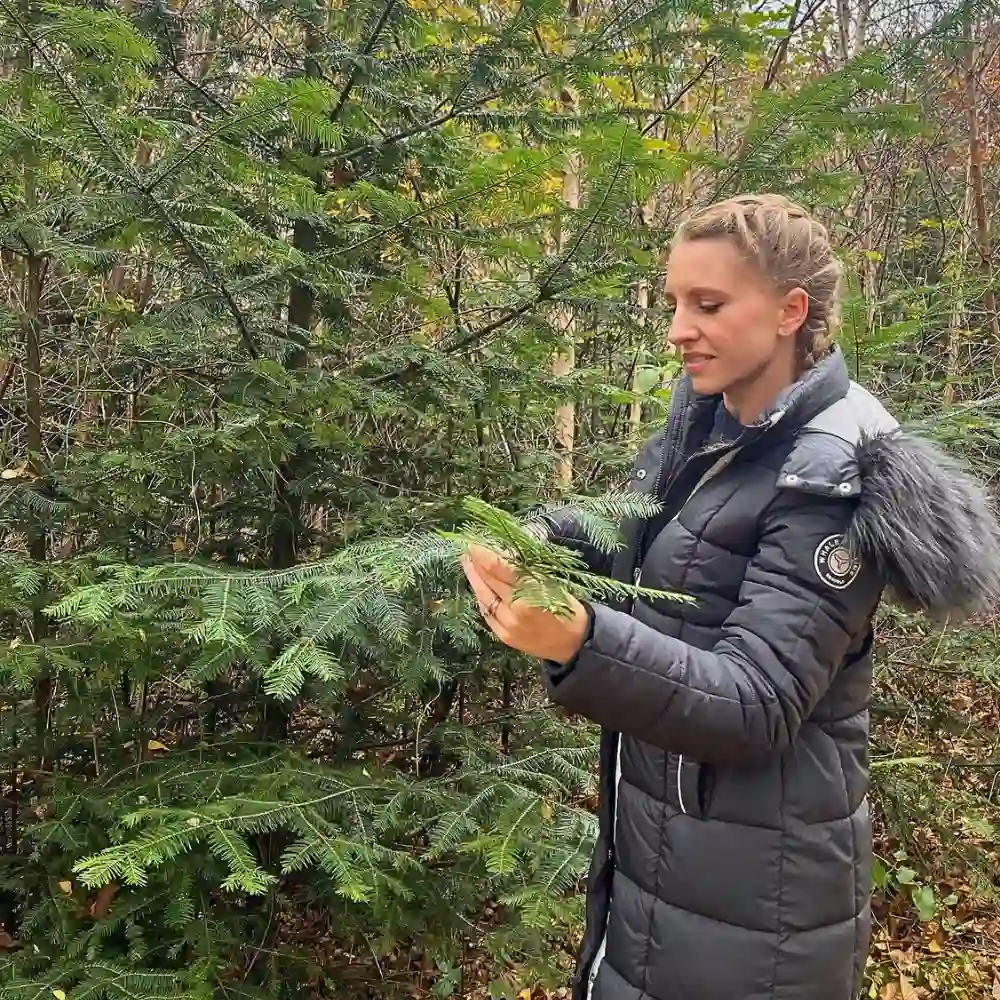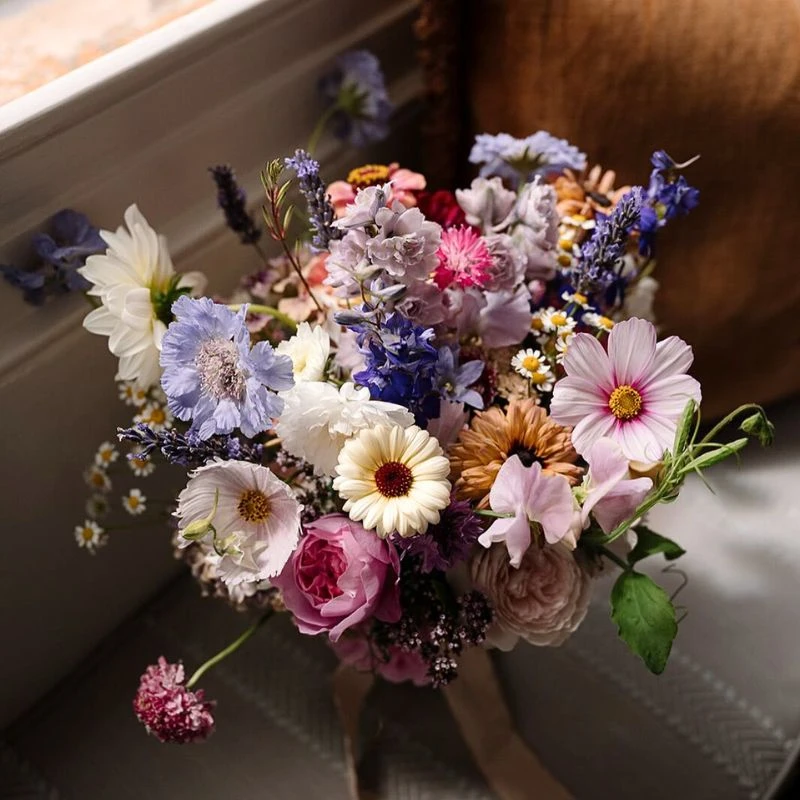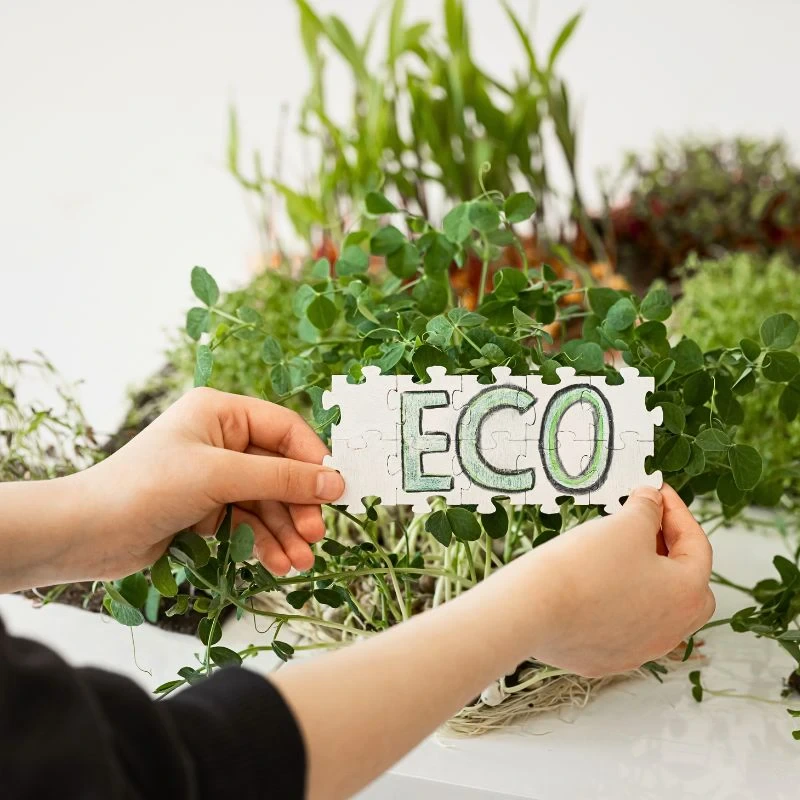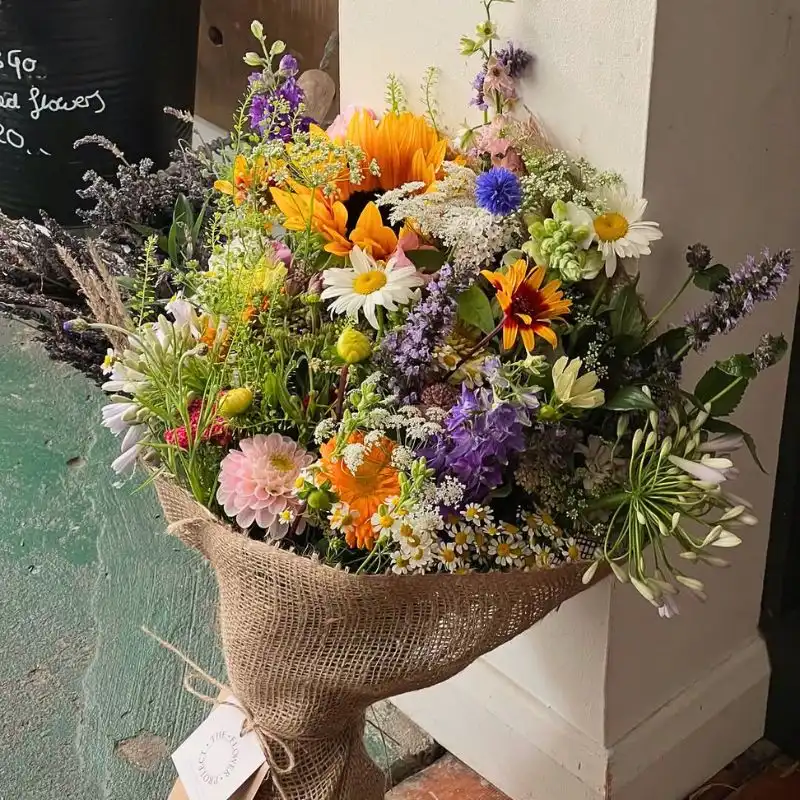There was a time when sustainability in plant breeding belonged on the CSR page. A checkbox, maybe a footnote. Today, it's front and center. What used to be a 'nice-to-have' is quickly becoming a must. In the world of pot and bedding plants, sustainability is no longer just part of the marketing mix—it's embedded in the DNA of the plants themselves.
From growers to retailers to consumers, the demand for greener, more responsible plant production is growing louder every season. And breeders? They’re not just listening—they’re acting. With the support of Fleuroselect, the international organization for the ornamental plants industry. The result is a quiet yet powerful transformation that's reshaping how we think about genetics, resilience, and the future of our industry.
What Does Sustainable Breeding Mean in Practice?
Sustainable breeding means selecting and developing plant varieties that simply need less to thrive; less water, less fertilizer, fewer chemical treatments, less energy, fewer interventions, and still better results. Think about plants that survive heatwaves without wilting, resist pests without spraying, and look great in smaller pots with less growth regulation.

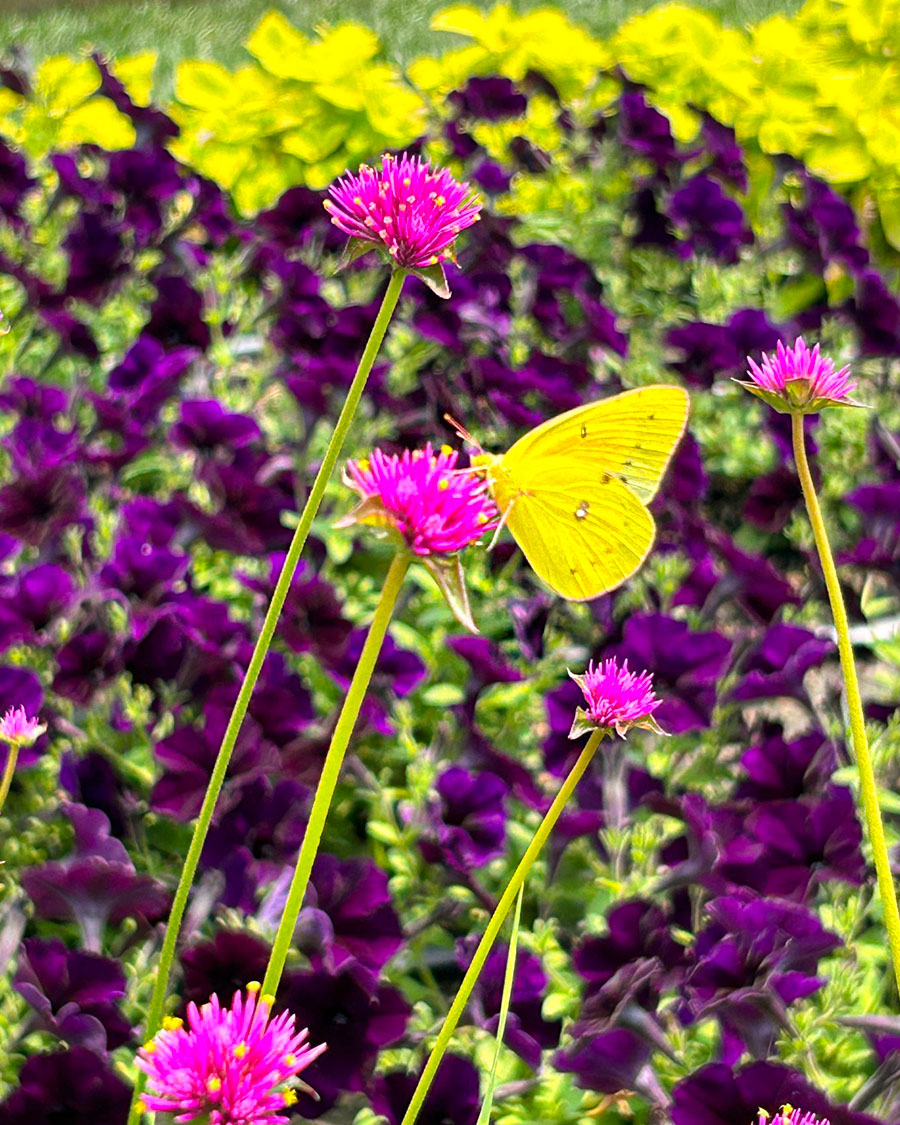
This is about genetics designed for performance with minimal input. Varieties that are naturally compact (so more efficient to transport), adaptable to regional conditions (making local production feasible), and tough enough to handle real-world challenges with minimal support. Here, sustainability isn’t a surface trait—it’s built into the plant’s genetic structure.
From Flower Power to Resilience: Traits That Matter Today
Sustainable breeding today focuses on traits like drought tolerance (less water use), compact, controlled growth (easier handling, no growth regulators), disease and pest resistance (fewer pesticide applications), uniformity and early flowering (shorter crop cycles), plus adaptability to outdoor and local growing conditions (fewer inputs, reduced transport).
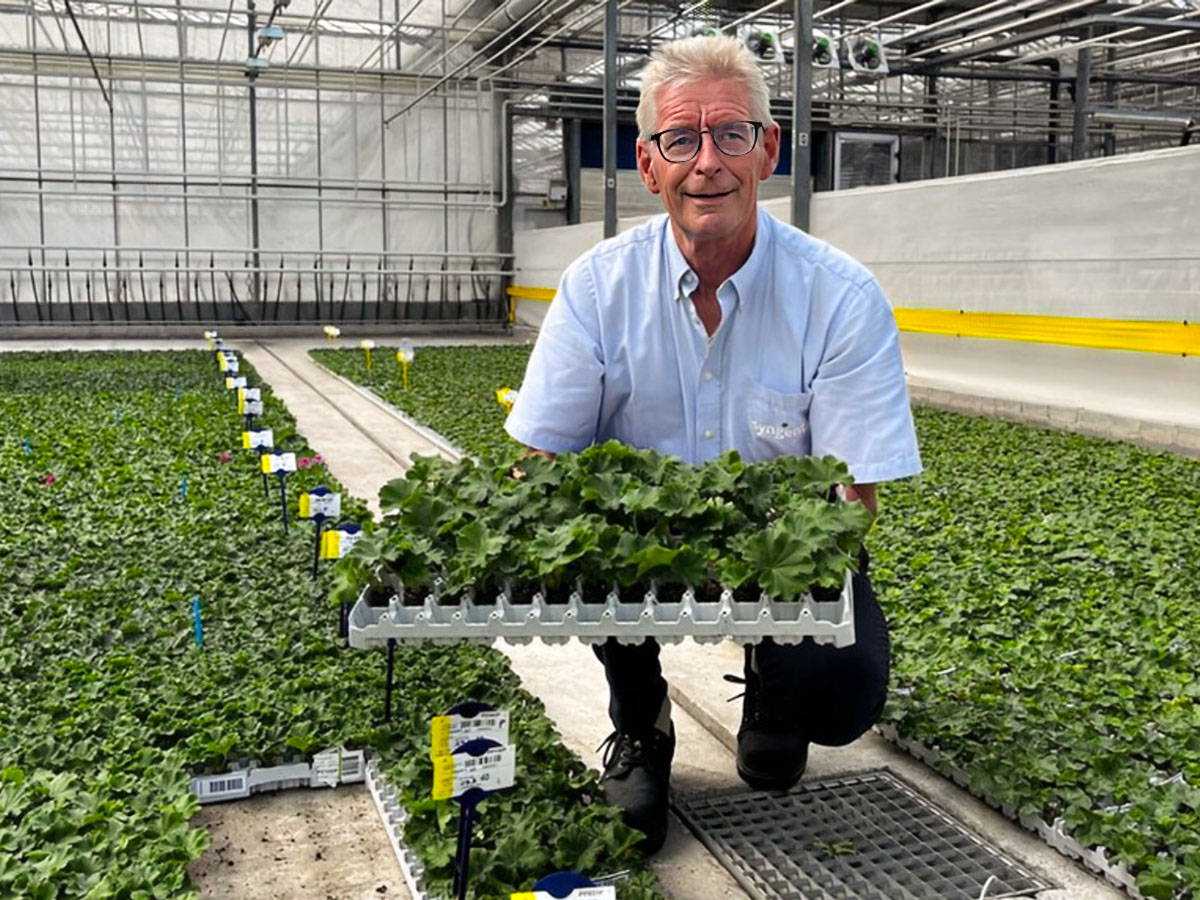
These are no longer wish-list traits. They’re real breeding targets at leading companies, who are true pioneers in sustainable breeding.
These are companies like PanAmerican Seed. Under the leadership of Ruud Brinkkemper, PanAmerican Seed has developed the Beacon Impatiens series, known for its high resistance to downy mildew. This development helps reduce the need for chemical control in production and is a key example of sustainability in action.
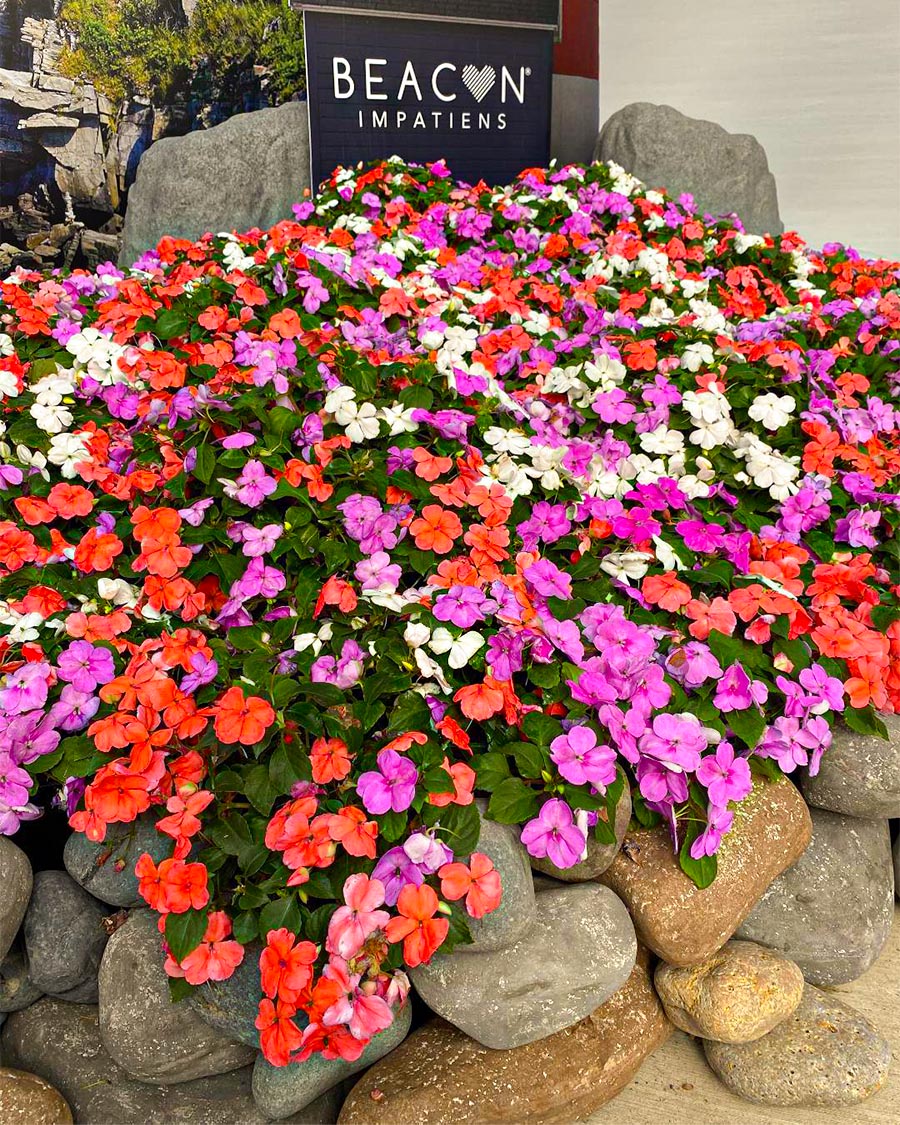
Joost Kos, former Head of R&D at Syngenta Flowers and now Director of Breeding and Development at Royal Van Zanten, has been involved in breeding leadership at major companies where climate resilience and efficiency are increasingly part of the strategic conversation. His role in the industry reflects broader efforts to integrate environmental considerations into breeding goals.
At Morel Diffusion, sustainability has been part of the cyclamen story for decades. Héloïse Morel describes their breeding philosophy as one rooted in plant strength and natural beauty, with a clear focus on reducing crop inputs. Their aim is to produce plants that match both the need for more 'nature' by end consumers, and that consume less water and fertilizer, which fully follows Morel's CSR approach.
Also, Schoneveld Breeding is known for developing plants that require fewer chemicals, are less sensitive to pests and diseases, and that are cultivated in the most sustainable way possible. For example, they use closed-loop water systems in their greenhouses.
Selecta One, directed by Dr. Dominik Losert, has been active in exploring more sustainable approaches within its breeding and production processes. The company's general engagement with industry-wide discussions on sustainability reflects a growing emphasis on environmentally conscious innovation.
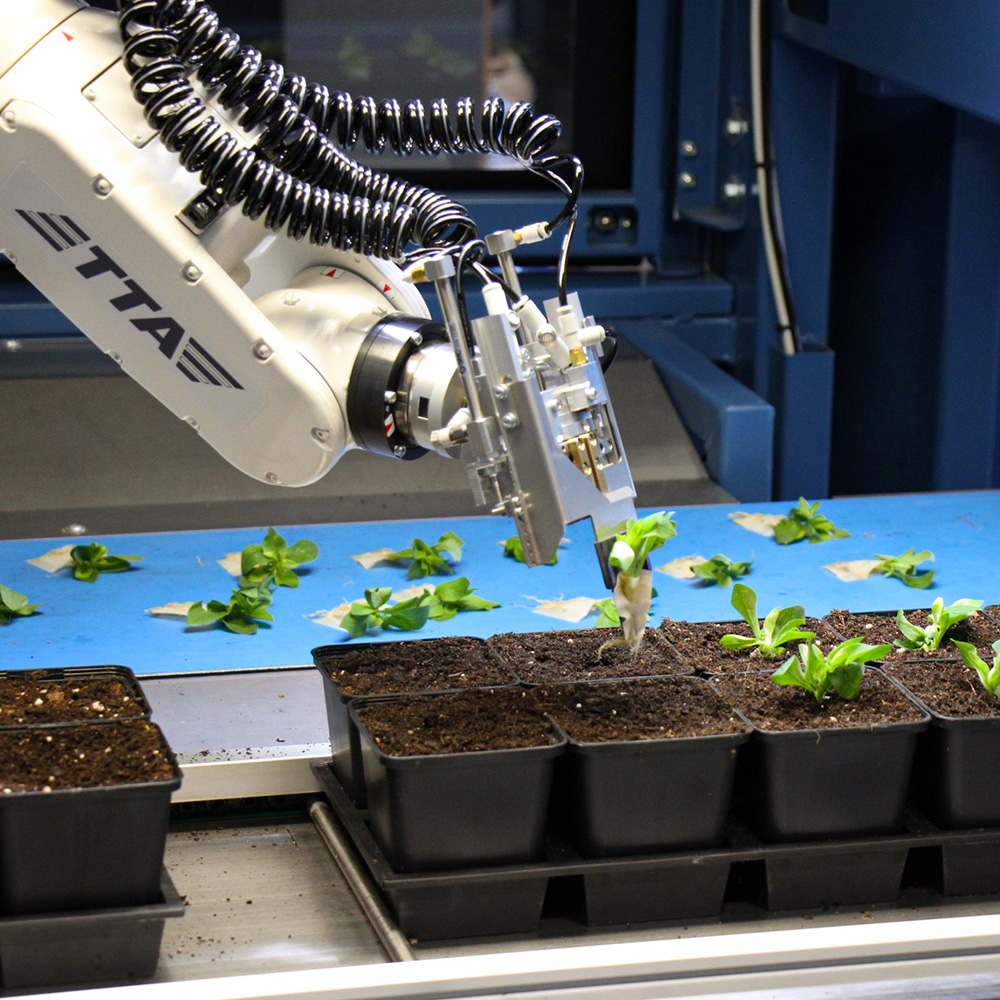
Photo by @selecta_one.
Fleuroselect Endorses Championing Sustainability
Fleuroselect plays a pivotal role in advancing sustainability within floriculture. Through its initiatives, this organization brings together industry professionals to focus on sustainable practices, biodiversity, and corporate social responsibility (CSR).
A notable example is the Fleuroselect International Home Garden Conference held in the Netherlands in 2023, where around seventy-five professionals from nine countries convened to discuss making the seed industry future-proof by reducing climate change impacts and stimulating biodiversity. The conference featured presentations on breeding developments, sustainable food and flower production, and the importance of maintaining a wide range of genetics to serve diverse climates and needs worldwide.
In addition, Fleuroselect’s 2024 Breeders & Distributors Conference emphasized implementing sustainability throughout the supply chain. Topics included eco-friendly crop protection, peat-free substrates, and the role of retailers in shaping sustainable breeding and production practices. The 2025 edition of this conference will be held in the first week of December.
Through these initiatives, Fleuroselect fosters collaboration and knowledge exchange among breeders, growers, and stakeholders, reinforcing the role of genetics as the foundation for a more sustainable floriculture industry.
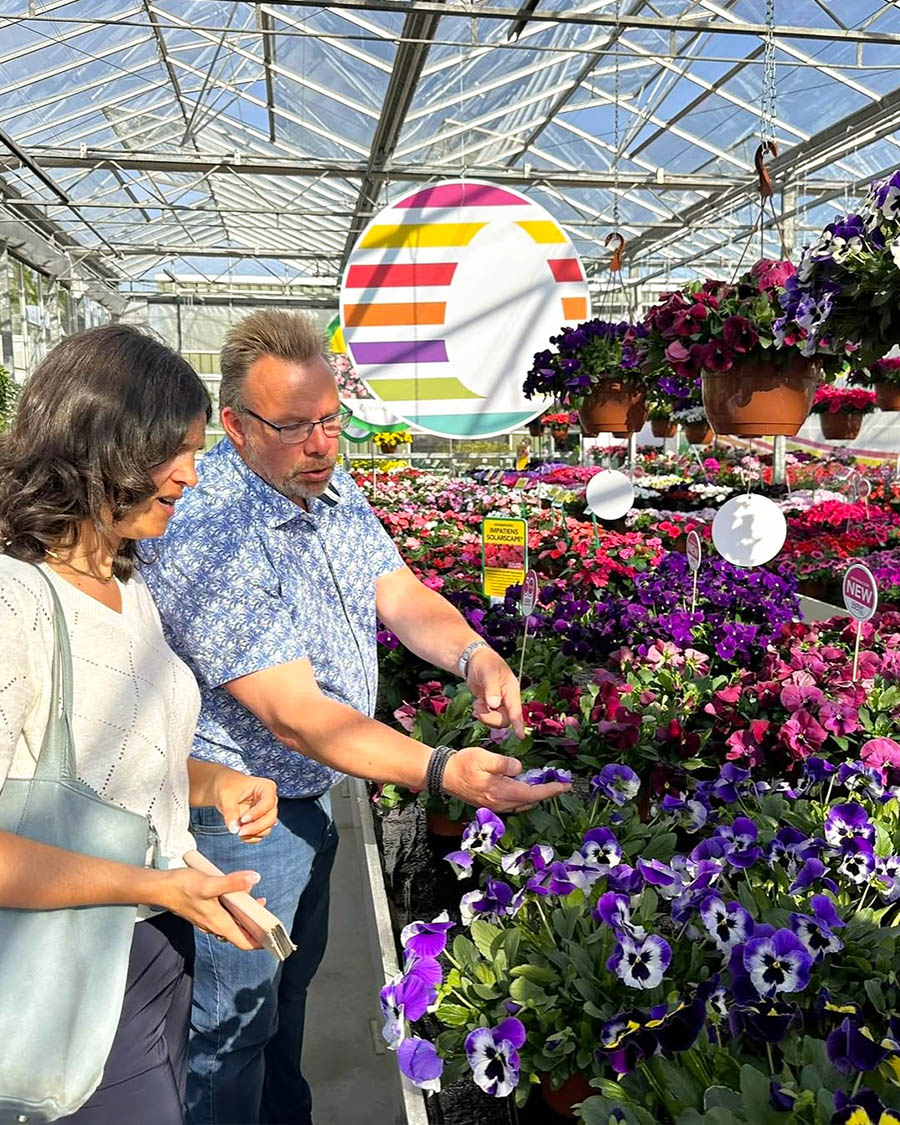
Genetics as the Starting Point of a Greener Supply Chain
Breeding is where it all begins. Long before a plant reaches a garden center bench or a florist’s bucket, its story is already being written in the breeding greenhouse. And when that story includes sustainability, it sets the tone for the entire supply chain.
A compact, disease-resistant variety developed with sustainability in mind will require fewer inputs during young plant production, ship more efficiently to growers, need less chemical control and energy during finishing, and last longer and perform better at retail and with the end consumer. In other words, one smart genetic decision at the beginning can ripple through the entire supply chain, reducing environmental impact at every step.
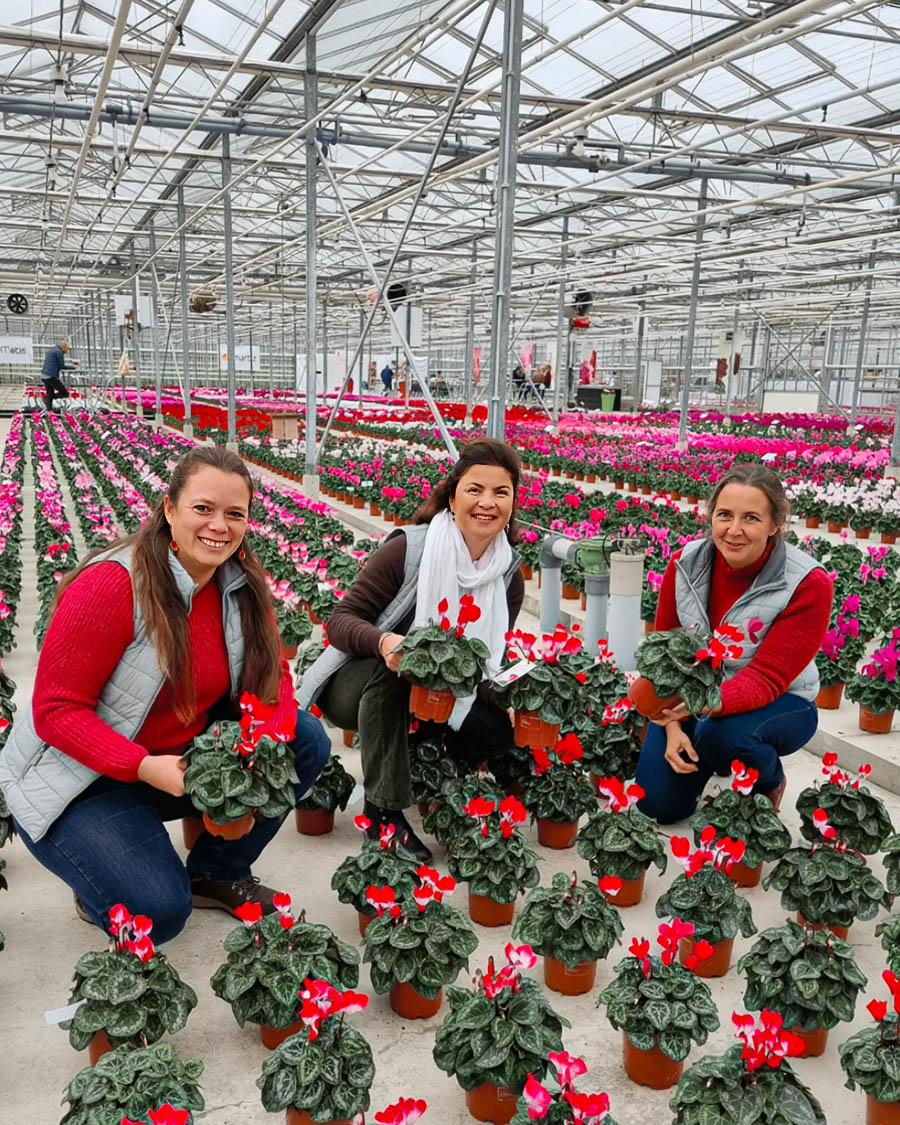
Of course, one of the ongoing challenges is measuring sustainability in a way that’s both credible and practical. How do you quantify 'less water' or 'lower energy input' across hundreds of varieties grown in different regions?
Some breeders are partnering with research institutes to create benchmarks. Others rely on internal trials with tightly controlled inputs. Certification plays a role in some cases, but many in the industry argue that performance should lead. A plant that grows with half the resources will prove its value through numbers.
The key? Transparency. If a breeder claims a variety saves water, they should show the trials. If a plant is marketed as more robust, growers should be able to verify that claim. The industry is moving toward clearer, data-driven sustainability profiles—and that’s a good thing.
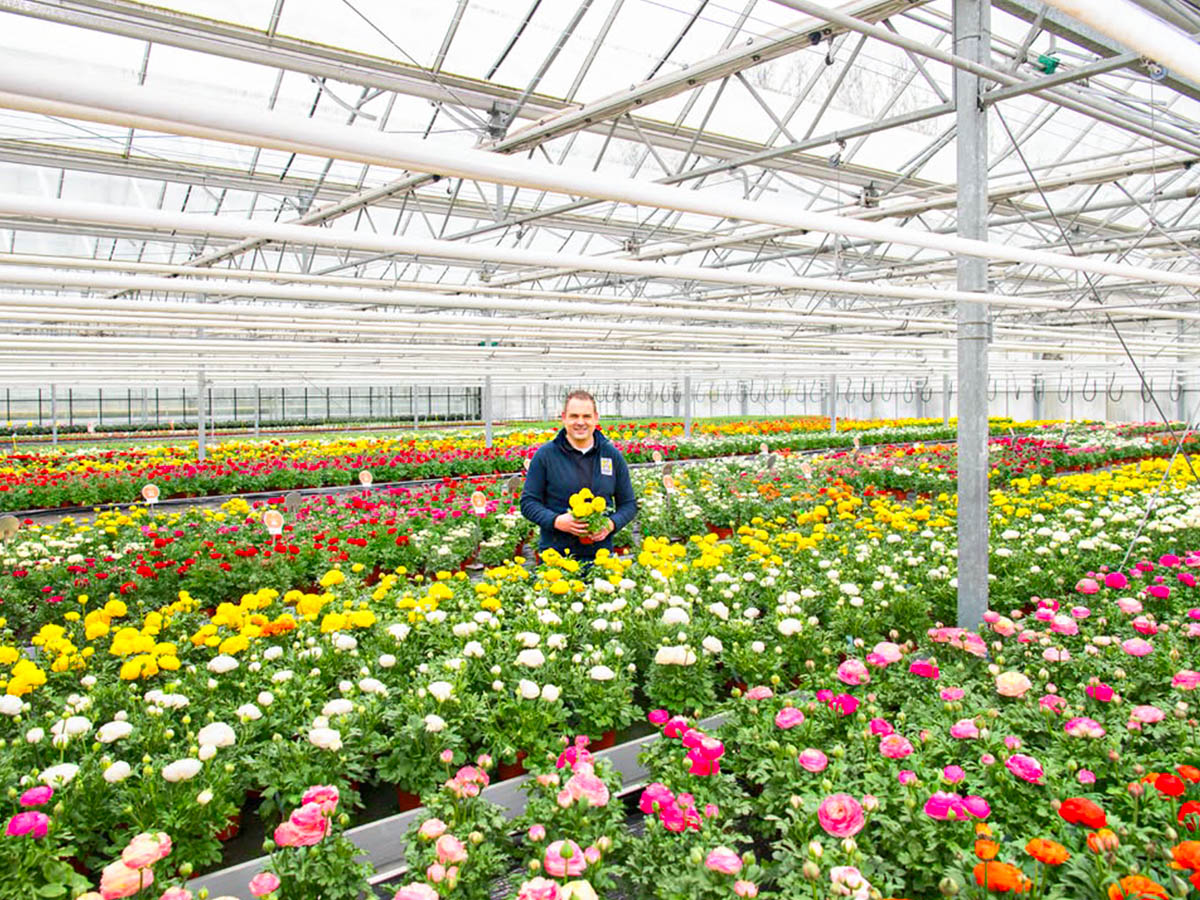
The Future Is Already in Development
Here’s the exciting part: the next generation of sustainable varieties is already underway. Plants set to launch in 2025 and 2026 are in development now. And in many cases, sustainability is part of the original breeding brief.
This is no longer a niche. It’s a fundamental shift in mindset. Breeding companies are placing environmental efficiency on the same level as color, form, and shelf appeal. And that’s going to reshape how the market looks and operates.
A Call to Collaborate, to Shape This Together
If you’re part of the supply chain—a grower, a buyer, a marketer, a media voice—now’s the time to stay closely connected with breeders. Share your feedback. Ask tough questions. Offer your own data and experience. The more open the dialogue, the more meaningful and impactful sustainable breeding becomes.
Because just be honest: sustainability is no longer a side story. It’s the main story. And plant genetics? That’s chapter one.
PS. From Tuesday, 10th until Friday, 13th of June, 2025, all the breeders in this article and many more will show their latest plant developments during FlowerTrials.
Header and feature image by @syngentaflowerseu.

